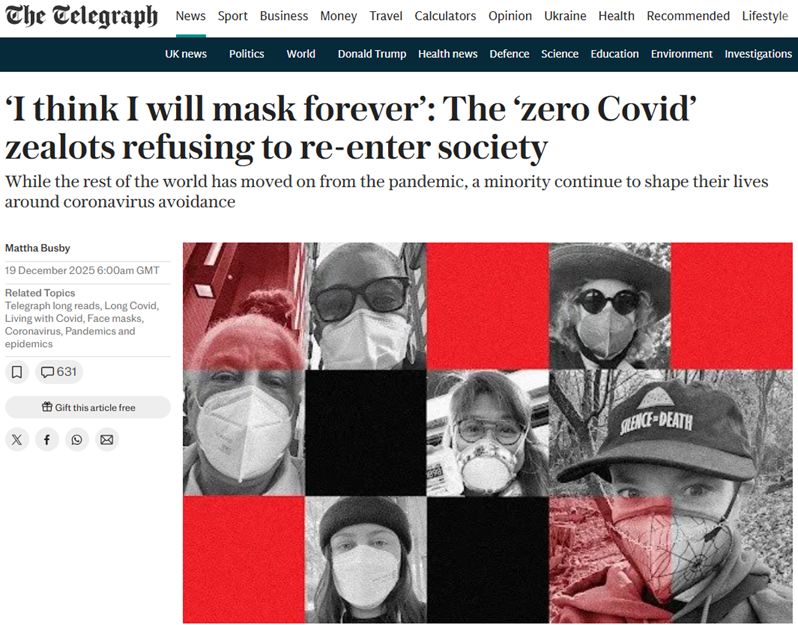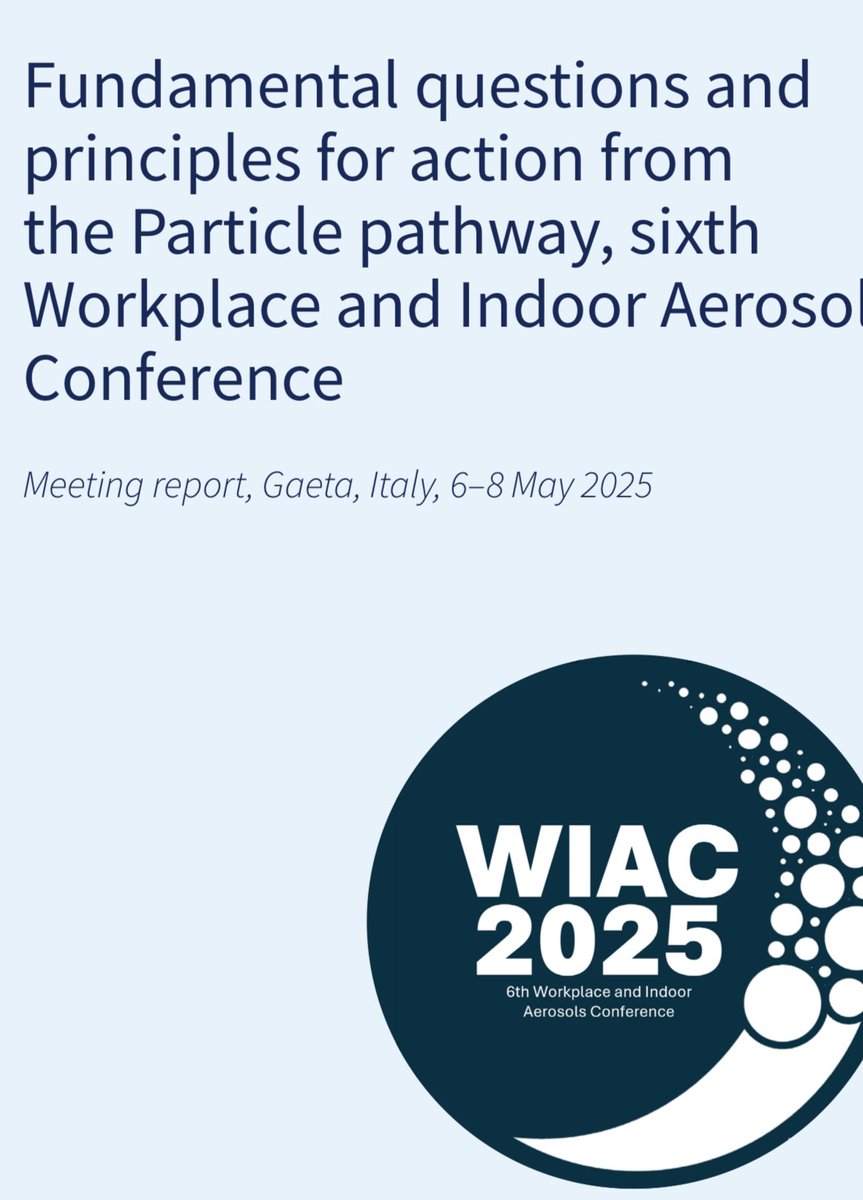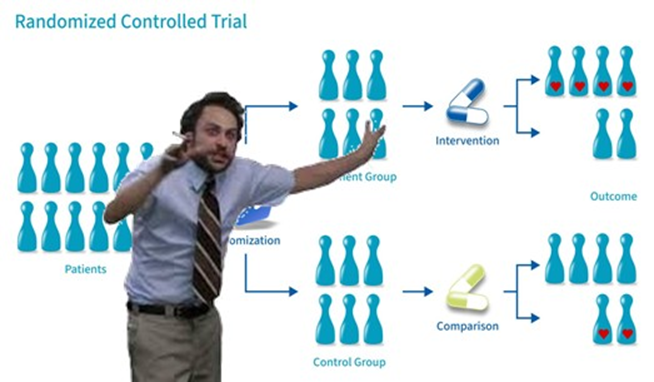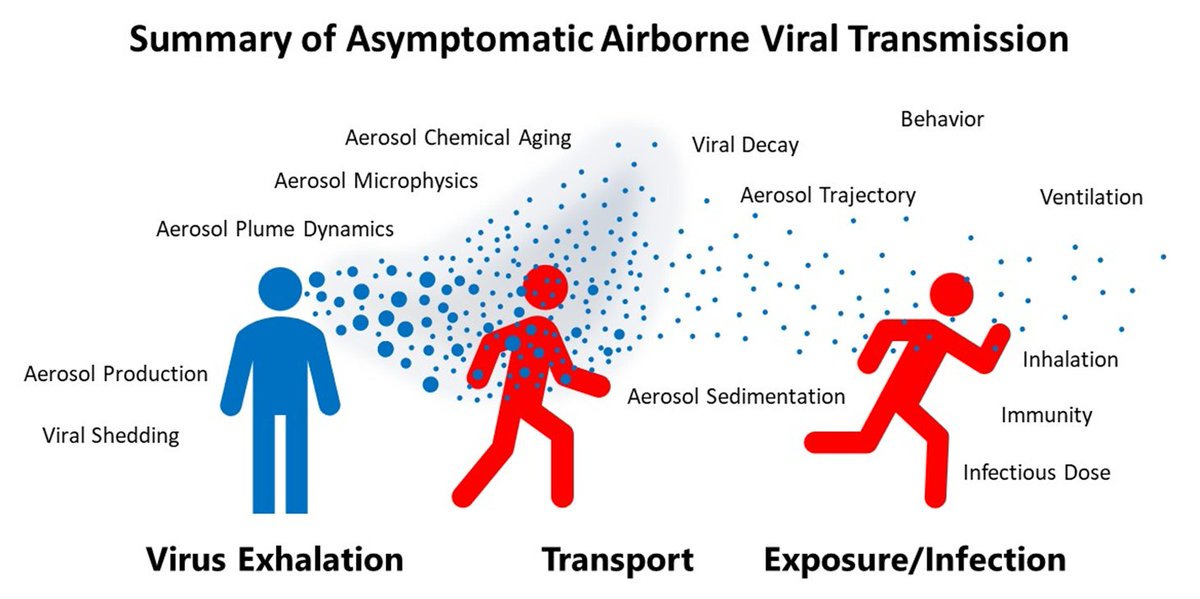I’m proud to have our latest research published on how long #SARSCoV2 remains infectious while airborne! We studied the fundamental processes that drive the loss of viral infectivity in the aerosol phase. #COVIDisAirborne
Here’s a thread going over some of the findings.
Here’s a thread going over some of the findings.
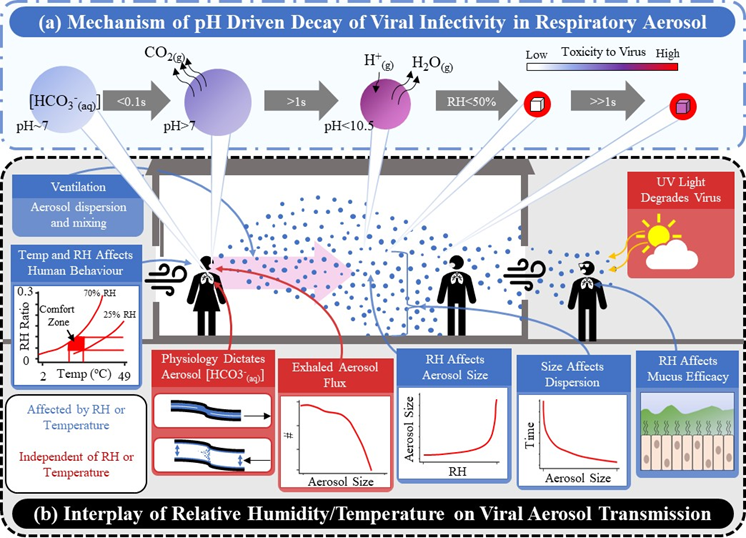
@ParentMishmash Interesting question btw. Actually, all of your questions have been. Thanks!
@J__Doh Here are the specific values. So, about 10 to 20 times faster decay in sunlight (depending on the season). 

• • •
Missing some Tweet in this thread? You can try to
force a refresh



